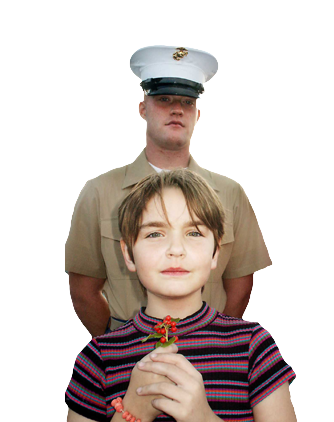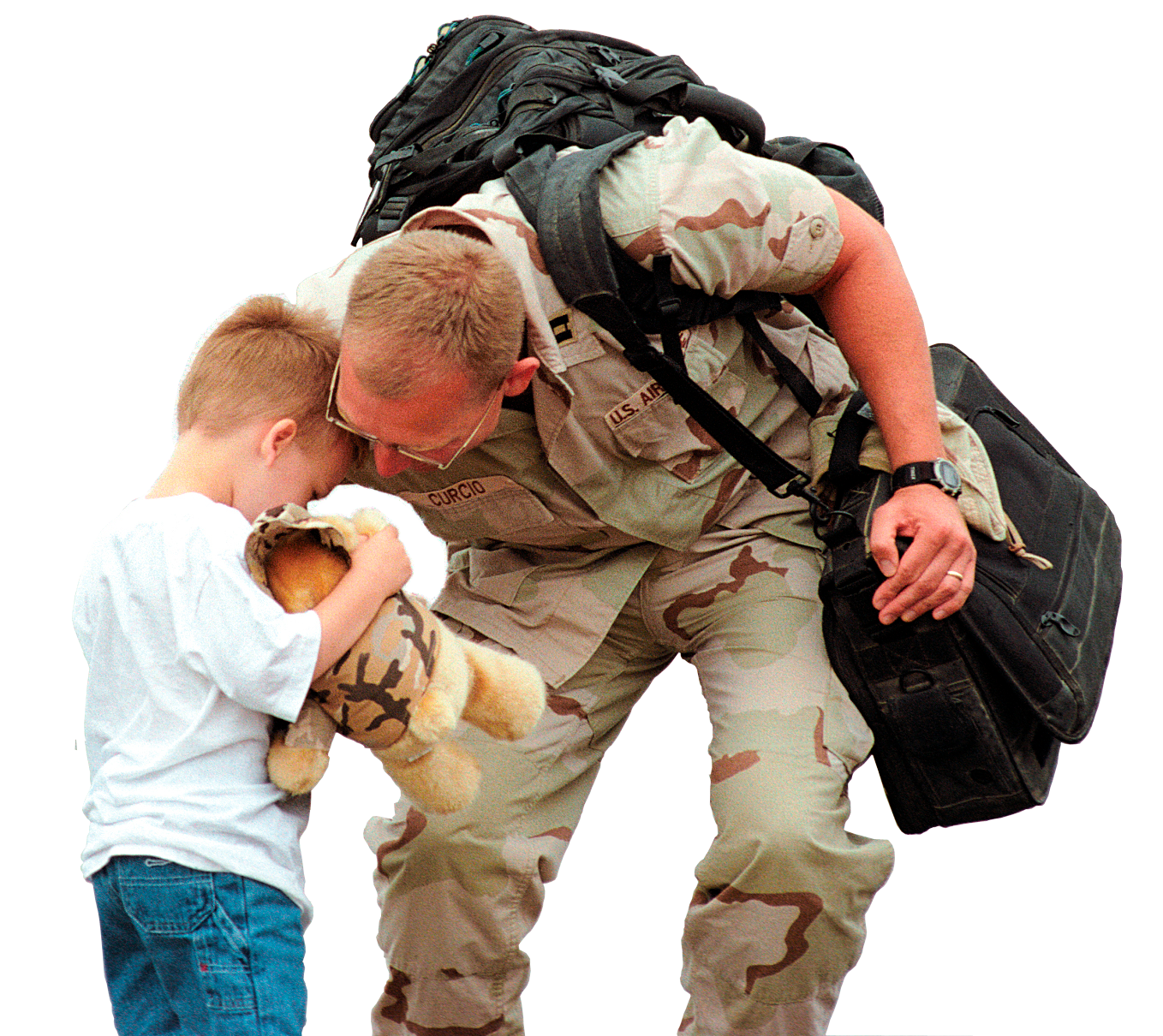[caption id="attachment_3949" align="alignleft" width="300"] Air Force Lt. Col. (Dr.) Raymond Fang, director of trauma at Landstuhl Regional Medical Center,Germany, for the past seven years, will share his experience in training others at the Air Force’s Center for the Sustainment of Trauma and Readiness Skills program in Baltimore. DOD photo by Donna Miles[/caption] LANDSTUHL, Germany – The top trauma surgeon who oversees the care of the most severely wounded warriors at Landstuhl Regional Medical Center here soon will take his experience and expertise to train other Air Force medical personnel in trauma care at the Baltimore Shock Trauma Center.
Air Force Lt. Col. (Dr.) Raymond Fang, director of trauma at Landstuhl Regional Medical Center,Germany, for the past seven years, will share his experience in training others at the Air Force’s Center for the Sustainment of Trauma and Readiness Skills program in Baltimore. DOD photo by Donna Miles[/caption] LANDSTUHL, Germany – The top trauma surgeon who oversees the care of the most severely wounded warriors at Landstuhl Regional Medical Center here soon will take his experience and expertise to train other Air Force medical personnel in trauma care at the Baltimore Shock Trauma Center.
 Air Force Lt. Col. (Dr.) Raymond Fang, director of trauma at Landstuhl Regional Medical Center,Germany, for the past seven years, will share his experience in training others at the Air Force’s Center for the Sustainment of Trauma and Readiness Skills program in Baltimore. DOD photo by Donna Miles[/caption] LANDSTUHL, Germany – The top trauma surgeon who oversees the care of the most severely wounded warriors at Landstuhl Regional Medical Center here soon will take his experience and expertise to train other Air Force medical personnel in trauma care at the Baltimore Shock Trauma Center.
Air Force Lt. Col. (Dr.) Raymond Fang, director of trauma at Landstuhl Regional Medical Center,Germany, for the past seven years, will share his experience in training others at the Air Force’s Center for the Sustainment of Trauma and Readiness Skills program in Baltimore. DOD photo by Donna Miles[/caption] LANDSTUHL, Germany – The top trauma surgeon who oversees the care of the most severely wounded warriors at Landstuhl Regional Medical Center here soon will take his experience and expertise to train other Air Force medical personnel in trauma care at the Baltimore Shock Trauma Center.Air Force Lt. Col. (Dr.) Raymond Fang, director of trauma at Landstuhl for the past seven years, will serve as director of the Air Force’s Center for the Sustainment of Trauma and Readiness Skills program –- known as “C-STARSâ€Â -– which is affiliated with the University of Maryland School of Medicine and Medical Center.The state-of-the-art center admits more than 7,000 trauma patients and performs more than 8,000 surgeries per year. It’s the longest-standing of three C-STARS programs the Air Force Expeditionary Medical Skills Institute runs in conjunction with civilian hospital trauma centers. The others are at St. Louis University and the University of Cincinnati. The Army and Navy have similar programs, Fang noted. The Army runs its program through the Army Team Training Center at Jackson Memorial Hospital's Ryder Trauma Center in Miami. The Navy Trauma Training Center is affiliated with the Los Angeles County and University of Southern California Medical Center. The Air Force’s C-STARS program started about 10 years ago, when the military saw very few trauma patients, and with only a few exceptions, looked to civilian trauma centers to treat military trauma patients. “So in order to maintain trauma care experience, the military knew it had to engage with civilian centers that are busy,â€Â Fang said. Now through C-STARS, Air Force physicians, nurses and medical technicians rotate through these trauma centers, working side by side with civilian medical staff as they provide hands-on trauma patient care under the supervision of military and civilian staff. “They embed a team of Air Force personnel who on a daily basis take care of trauma patients and sick patients to maintain that experience,â€Â Fang said. The Cincinnati program is dedicated to training medical professionals for the critical care air transport team mission that treats the most critical patients during aeromedical evacuations. But in Baltimore, Fang will take his vast experience gained treating service members evacuated from Iraq and Afghanistan to prepare other Air Force medical personnel to follow in his footsteps. Civilian trauma patients typically suffer from blunt trauma from a car or motorcycle accident or a penetrating trauma from a gunshot or stabbing, he explained. Combat wounded troops frequently suffer both, he added, as well as blast injuries. “With these blast injuries, you get the blunt part of the concussive wave, you get the penetrating part of the fragment, you get the heat part with the burns,â€Â he said. “You also get the blast component: the shock wave, the pressure wave of the blast itself. So we have four mechanisms in one. It’s our most common mechanism of injury here.â€Â Fang said the C-STARS program helps to pass critical trauma-care skills to Air Force medical staffs. “As other Air Force members prepare to go downrange, they come and rotate with you, and you give them an immersion experience in how to take care of this patient population,â€Â he said. “We take our own personal experience, we take real patient situations and we try to let the people who rotate with us learn from what we have all learned already, rather than relearn things or make things up on their own.â€Â April 27, 2011: By Donna Miles- American Forces Press Service






